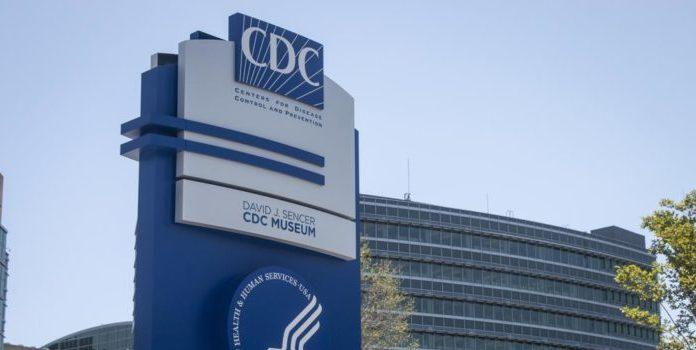(Joshua Paladino, Headline USA) The Centers for Disease Control and Prevention doctored its page on vinyl chloride, a toxic chemical, a few days before Norfolk Southern Railroad’s train derailed in East Palestine, Ohio on Feb. 3 and spilled the gas.
In January, the CDC amended the nearly four-decade-old guidance on vinyl chloride exposure. The CDC determined the original guidance in 1987 and had not updated it since 2006, Evie reported.
The new guidance, dated January 2023, took out a warning about vinyl chloride’s effects on children, though it maintains that “vinyl chloride” is “known to be a human carcinogen.”
The CDC removed two sections: “How can vinyl chloride affect children?” and “Has the federal government made recommendations to protect human health?”
Under a pdf link to vinyl chloride’s ToxGuide, the CDC still has the old statement that “infants and young children might be more susceptible than adults to vinyl-chloride induced cancer,” but it is not on the main webpage.
The page does not seem to have the previous warning that “studies in animals suggest that vinyl chloride might affect growth and development.”
Under the Medical Management Guidelines for Acute Chemical Exposure, the CDC further claims that “vinyl chloride is not considered a developmental toxicant.”
The new CDC guidance admits that inhaling “high levels of vinyl chloride can cause you to feel dizzy or sleepy…cause you to pass out…or cause “death” at extremely high levels.
But the CDC pushes the blame on its preferred scapegoat: tobacco products. The website does not mention chemical spills but does advise families to limit their “cigarette or cigar smoke” because they emit vinyl chloride.
Workers also need “protective eye wear, clothing, gloves, and when needed, respiratory protection,” but as for the most important markers of health, air and water, the CDC has little to say.
“Vinyl chloride in water or soil evaporates rapidly if it is near the surface,” the CDC website states. “Vinyl chloride in the air breaks down in a few days to other substances, some of which can be harmful.”

